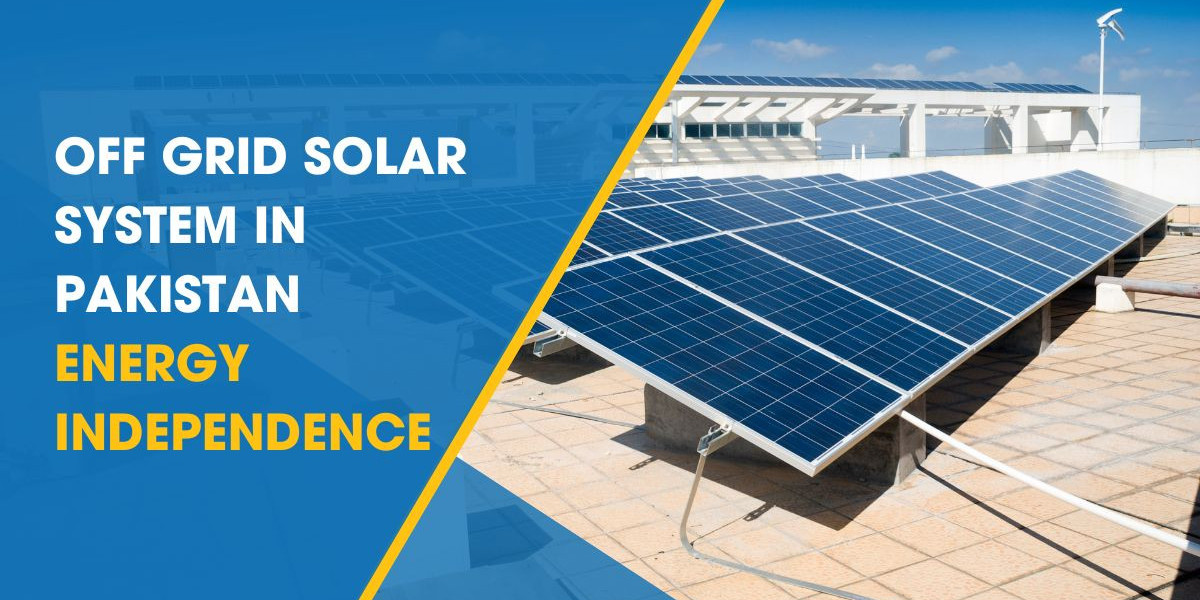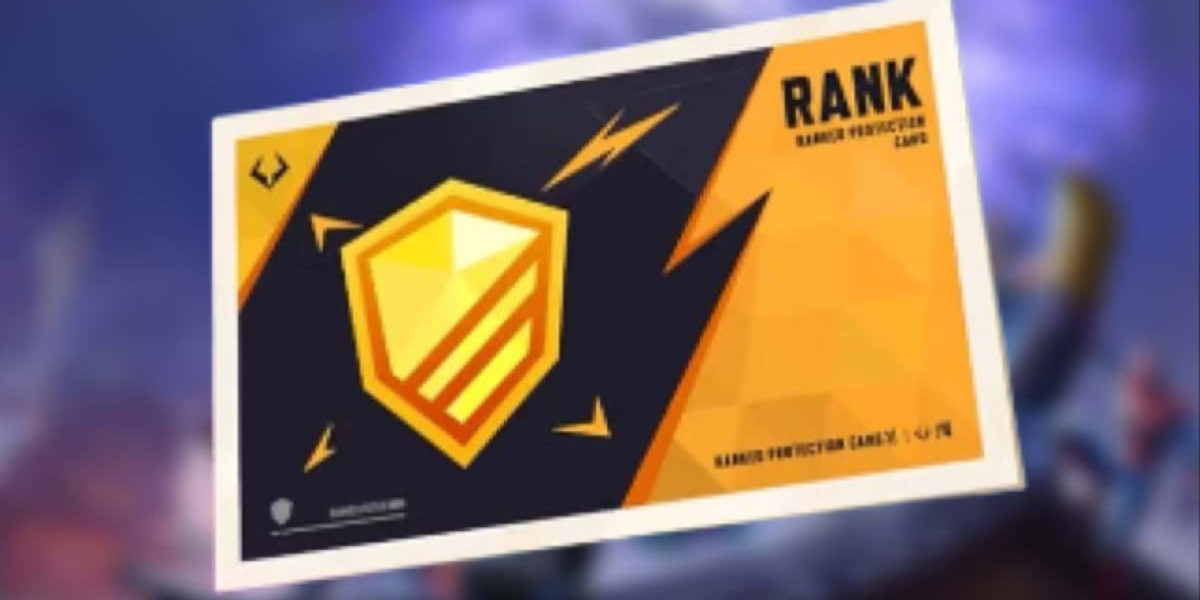As Pakistan continues to face frequent power outages and inconsistent grid supply, many homeowners and businesses are turning to a reliable alternative—Off Grid Solar System setups. Unlike on-grid systems, off-grid solar offers complete energy independence, especially in remote areas or regions with unreliable electricity.
In this guide, we’ll walk you through how off-grid solar works, its components, pricing, pros and cons, and why 2025 is a great time to invest in solar energy.
? What is an Off Grid Solar System?
An off-grid solar system is a stand-alone power solution that does not rely on WAPDA or the national grid. It generates electricity through solar panels and stores the energy in batteries for use day and night.
Core Components:
Solar Panels – Collect sunlight and generate DC electricity
Inverter – Converts DC to AC to power household appliances
Battery Bank – Stores excess electricity for nighttime or low-sunlight hours
Charge Controller – Protects batteries from overcharging or over-discharging
Mounting Structure & Wiring – Holds the panels in place and connects the system
? Benefits of an Off Grid System
✅ 100% Energy Independence – No reliance on local electricity providers
✅ Works During Load-Shedding – Keeps your home powered even in blackouts
✅ Ideal for Remote Locations – Perfect for farms, mountain regions, or areas without grid access
✅ Scalable – Easily upgrade your system as your energy needs grow
✅ Long-Term Savings – Avoid rising utility bills and fuel-based generators
? Off Grid Solar System Prices in Pakistan – 2025 Estimates
| System Size | Estimated Price (PKR) | Usage |
|---|---|---|
| 1 kW | 150,000 – 250,000 | Small cabin, 3–4 lights & fan |
| 3 kW | 400,000 – 600,000 | Small home or office |
| 5 kW | 600,000 – 900,000 | Mid-sized home, 2 fans, 1 AC |
| 10 kW | 1,000,000 – 1,500,000 | Large homes, businesses |
Prices include solar panels, batteries, inverter, charge controller, mounting, and installation.
? Battery Options: Lead Acid vs Lithium-Ion
Lead-Acid Batteries
Affordable but shorter lifespan (2–3 years)
Require regular maintenance
Ideal for basic usage or small setups
Lithium-Ion Batteries
Higher upfront cost but longer lifespan (up to 10 years)
Maintenance-free
Fast charging and deeper discharge capacity
Recommended for 5kW+ setups
⚠️ Challenges of Off Grid Systems
❌ Higher Initial Cost – Especially with lithium batteries
❌ No Net Metering – You can’t sell excess energy to the grid
❌ Battery Replacement Cost – Needs to be planned every few years
❌ Requires Proper Sizing – System must be accurately designed for your daily usage
? Is an Off Grid System Right for You?
Choose Off Grid if:
You live in a rural or remote area with no access to the national grid
You experience frequent load shedding or blackouts
You want to reduce dependence on fossil fuel generators
You can manage battery maintenance or prefer long-term savings
Choose Hybrid or On Grid if:
You live in an urban area with a reliable power supply
You want to benefit from net metering and reduce bills
You prefer a lower upfront cost and long-term grid connectivity
?️ Installation Tips
Always hire AEDB-certified installers
Use Tier-1 panels (e.g., Longi, Jinko, Canadian)
Ask for a proper load calculation based on your usage
Get a maintenance plan, especially if you’re using lead-acid batteries
Consider surge protection devices (SPDs) for safety
✅ Conclusion
A Off Grid Solar System is a powerful investment in energy freedom—ideal for Pakistan’s rural zones or urban areas with unreliable electricity. With declining solar and battery costs in 2025, it’s the right time to go solar and take control of your power supply.
Plan your system carefully, choose reliable installers, and enjoy the benefits of a truly independent energy solution.





